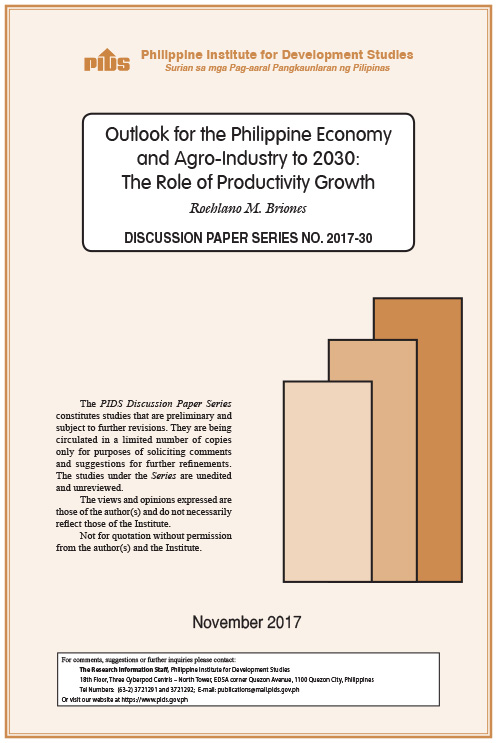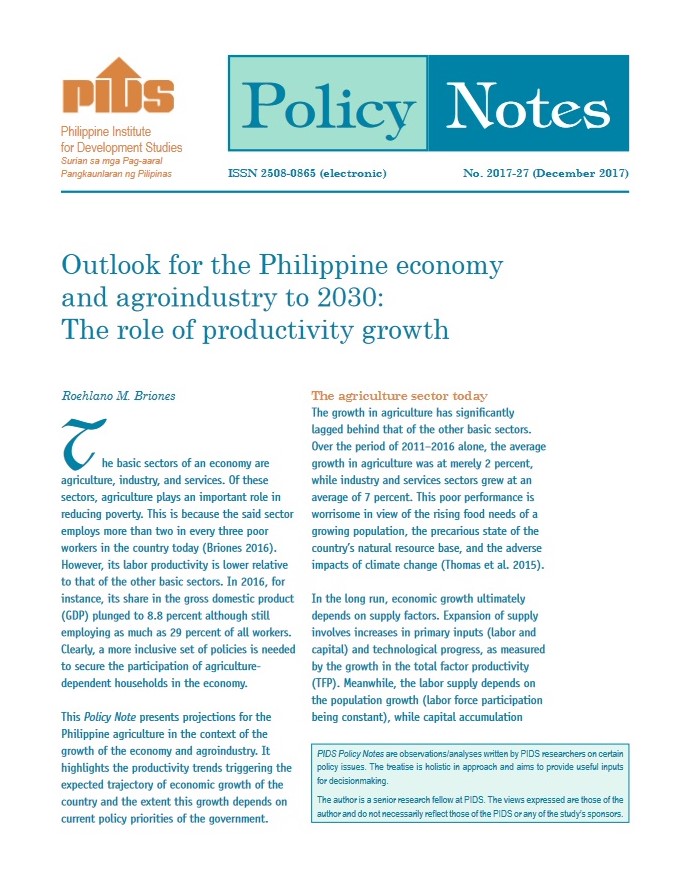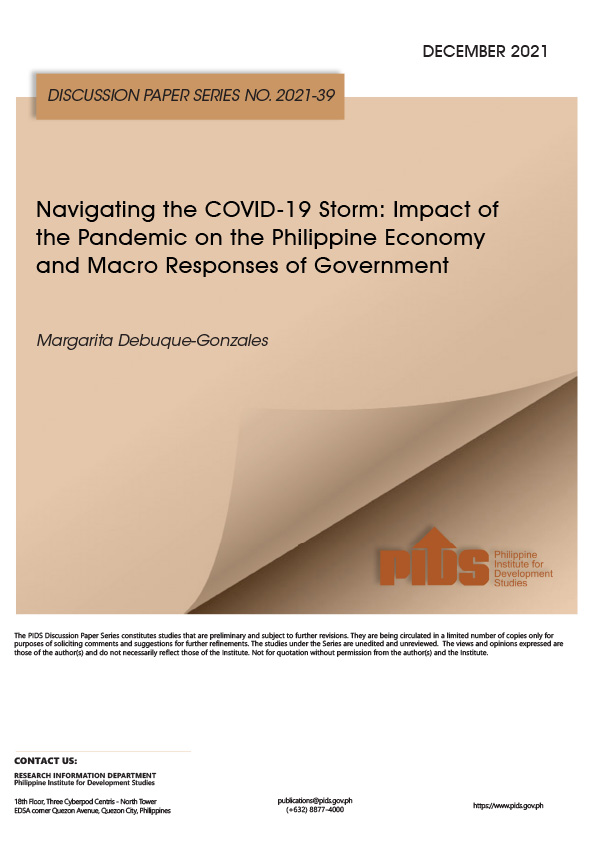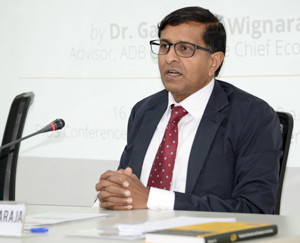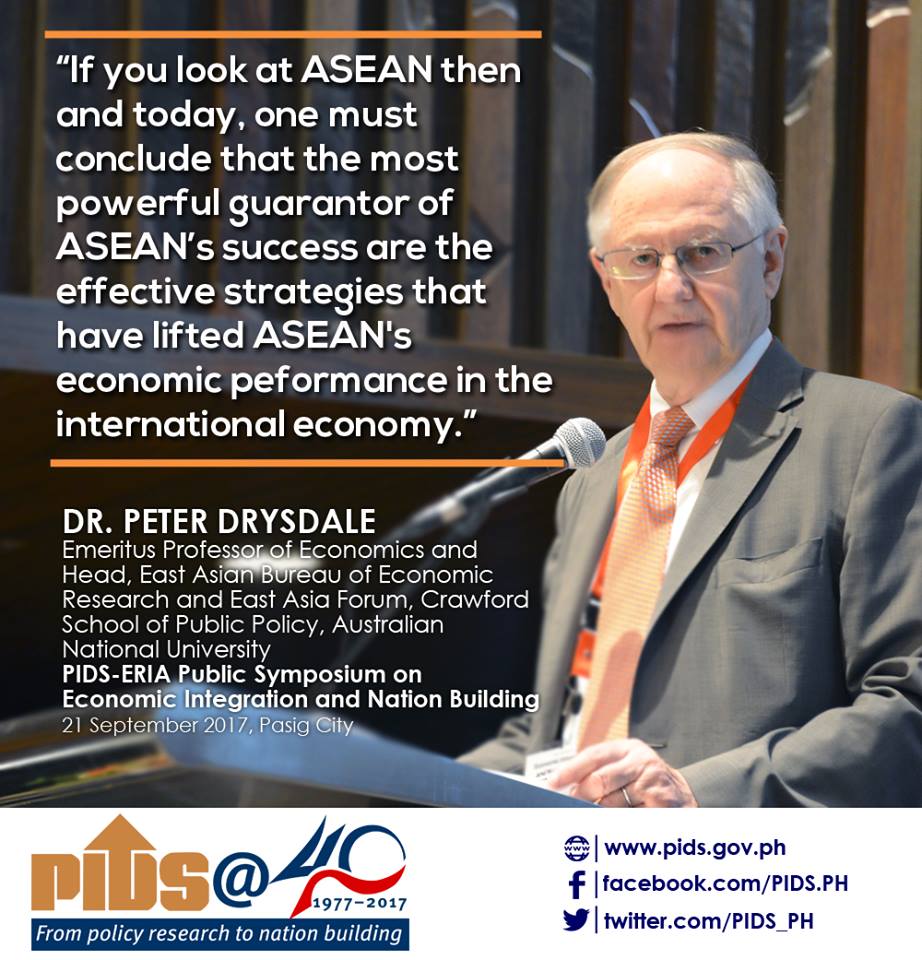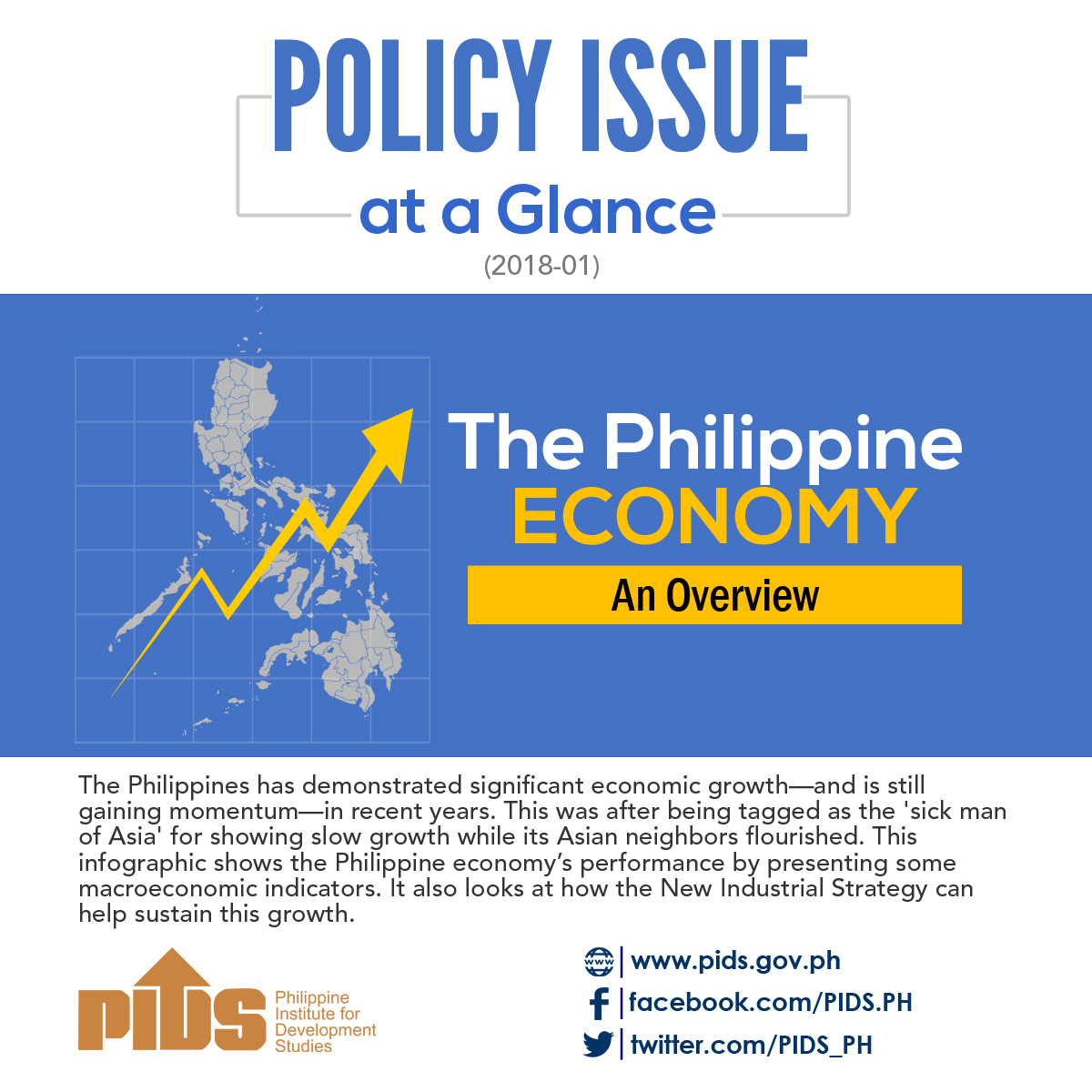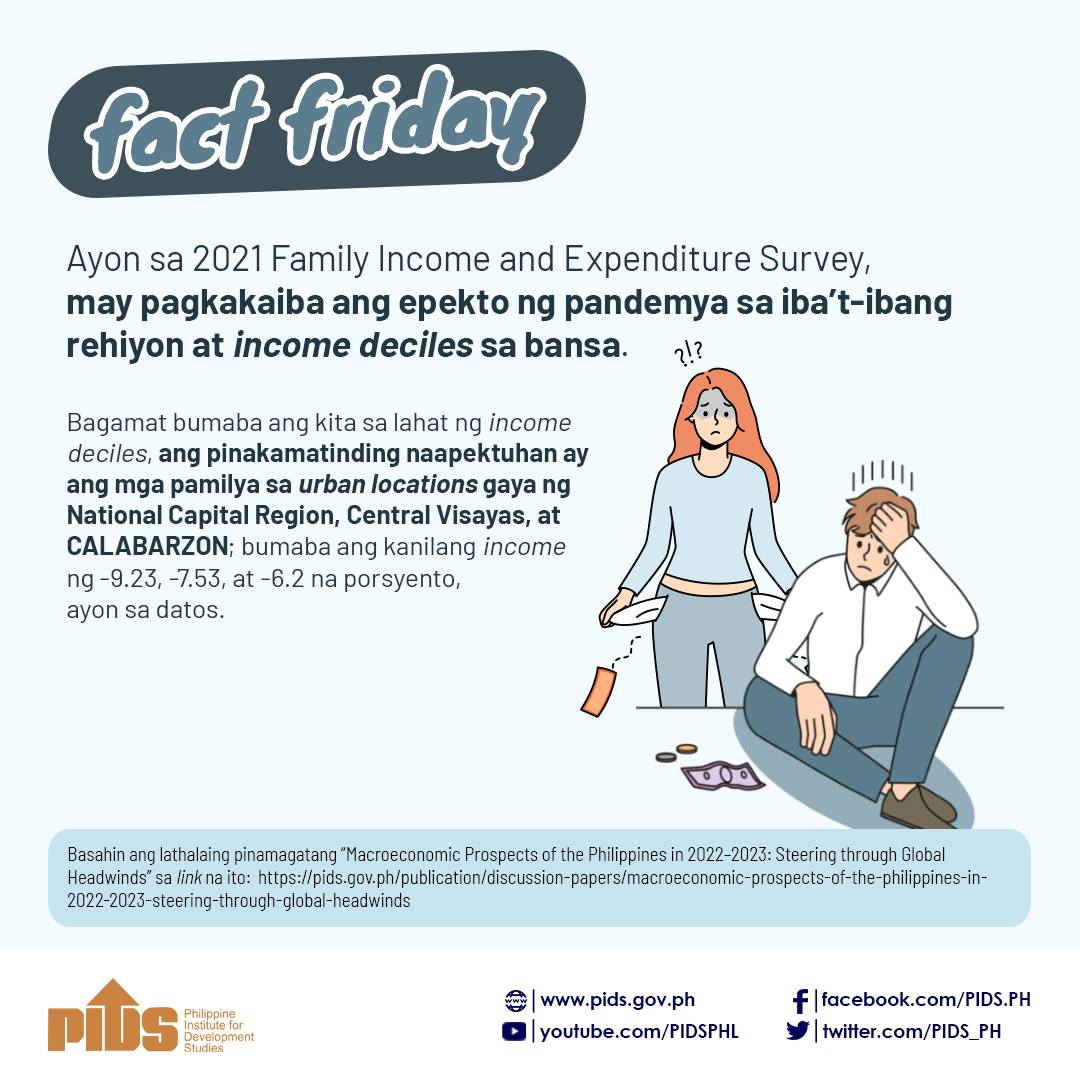ON February 9 the Philippine Institute for Development Studies (PIDS) hosted a seminar, entitled “Global Uncertainty: Regional Headwinds and the Philippine Economic Promise” given by Dr. Dan Steinbock, who noted that, with global economic integration at a standstill, the world economy is coping with diminished growth prospects.
Under the Trump administration, the United States is set to introduce new protectionism heralded by expected rate hikes by its Federal Reserve. Europe is dealing with euro-skeptical surge, while Japan is managing its own monetary gamble. China is rebalancing amid growth deceleration, while Russia is reeling from sanctions. Brazil is handling a soft coup, while India is facing slowing reforms. A key theme emerging out of all these recent global developments is protectionism, which refers to government actions and policies that restrict international trade, with the intent of protecting local businesses and jobs from foreign competition.
Over the last two weeks, our colleagues have written about the relative strength of the economy, as well as future challenges that globalization will continue to bring. So, perhaps, it might be useful to discuss why protectionism is invoked and how it is likely to affect the Philippine economy.
Throughout history, protectionist arguments have been made by different industries, and it seems that all pleas for protection share the same themes. One argument that is frequently cited—even in recent discussions—is that protectionism saves jobs. For example, when Americans buy imported Toyotas, USproduced cars could go unsold, and layoffs in the domestic automobile industry could follow. When Americans buy shoes or textiles from South Korea or Taiwan, millworkers in Maine and Massachusetts might find themselves jobless.
To some extent, it might be true that when domestic consumers buy goods from foreign producers, domestic producers suffer. However, there is no reason to believe that the workers laid off in the contracting sectors will not eventually be reemployed in expanding sectors. While the social and personal problems brought about by industry-specific unemployment, obsolete skills and bankruptcy due to foreign competition might be significant, these problems could actually be addressed in two ways.
One way is to simply ban imports and give up the gains from free trade. By doing so, a country acknowledges that it is willing to pay premium prices to save domestic jobs in industries that could produce more efficiently abroad. Another way is to constructively aid the victims of free trade by helping to retrain them for jobs with a future. In some instances, programs to relocate people in expanding regions may be in order. Some programs deal directly with the transition without foregoing the gains from trade.
Another frequently cited argument in favor of protectionism is that some countries engage in unfair trade practices. In the US it is illegal for a domestic firm to engage in predatory pricing in order to monopolize an industry. This is why the passage of our competition law and the creation of the Philippine Competition Commission are crucial to counter protectionist arguments against dominating foreign firms. Indeed, free trade may be the best solution when everybody plays fairly, but sometimes, there might be a compelling need to assert one’s rights.
So, what are the implications of intensifying calls for protectionism on the Philippine economy? As Dr. Steinbock sharply mentioned, despite its strong fundamentals, the Philippine economy will not be totally immune to global economic headwinds. Being put at risk are overseas Filipino workers’ remittances and business-process outsourcing revenues, which have kept the Philippine economy afloat all these years by fuelling much of domestic consumption.
While these concerns should not be taken lightly, there is still much internal growth potential that the Philippines could unleash, if only it could manage to push through with its badly needed (and long overdue) tax reform, which, in turn, would help finance “Build, Build, Build”, which is the largest infrastructure push in Philippine history to propel economic growth in the next five to six years. The best defense that the Philippines can use in this rising protectionist environment is to possibly open up the economy further. It is actually part of the 10-point socioeconomic agenda, together with overhauling land-tenure laws, improving the health and education systems, and promoting rural development.
Moreover, the Asean Economic Community could present opportunities for Philippine firms to offer their goods and services to a larger market. Recent moves to revitalize the manufacturing sector would cohere with such opportunities. Definitely, the last thing the Philippines needs to have is a defeatist outlook in the midst of growing protectionism across the globe, but we have to move faster than this new wave.
Ser Percival K. Peña-Reyes and Justin Jerome G. Valle are graduate students at the Ateneo de Manila University Economics Department.
Under the Trump administration, the United States is set to introduce new protectionism heralded by expected rate hikes by its Federal Reserve. Europe is dealing with euro-skeptical surge, while Japan is managing its own monetary gamble. China is rebalancing amid growth deceleration, while Russia is reeling from sanctions. Brazil is handling a soft coup, while India is facing slowing reforms. A key theme emerging out of all these recent global developments is protectionism, which refers to government actions and policies that restrict international trade, with the intent of protecting local businesses and jobs from foreign competition.
Over the last two weeks, our colleagues have written about the relative strength of the economy, as well as future challenges that globalization will continue to bring. So, perhaps, it might be useful to discuss why protectionism is invoked and how it is likely to affect the Philippine economy.
Throughout history, protectionist arguments have been made by different industries, and it seems that all pleas for protection share the same themes. One argument that is frequently cited—even in recent discussions—is that protectionism saves jobs. For example, when Americans buy imported Toyotas, USproduced cars could go unsold, and layoffs in the domestic automobile industry could follow. When Americans buy shoes or textiles from South Korea or Taiwan, millworkers in Maine and Massachusetts might find themselves jobless.
To some extent, it might be true that when domestic consumers buy goods from foreign producers, domestic producers suffer. However, there is no reason to believe that the workers laid off in the contracting sectors will not eventually be reemployed in expanding sectors. While the social and personal problems brought about by industry-specific unemployment, obsolete skills and bankruptcy due to foreign competition might be significant, these problems could actually be addressed in two ways.
One way is to simply ban imports and give up the gains from free trade. By doing so, a country acknowledges that it is willing to pay premium prices to save domestic jobs in industries that could produce more efficiently abroad. Another way is to constructively aid the victims of free trade by helping to retrain them for jobs with a future. In some instances, programs to relocate people in expanding regions may be in order. Some programs deal directly with the transition without foregoing the gains from trade.
Another frequently cited argument in favor of protectionism is that some countries engage in unfair trade practices. In the US it is illegal for a domestic firm to engage in predatory pricing in order to monopolize an industry. This is why the passage of our competition law and the creation of the Philippine Competition Commission are crucial to counter protectionist arguments against dominating foreign firms. Indeed, free trade may be the best solution when everybody plays fairly, but sometimes, there might be a compelling need to assert one’s rights.
So, what are the implications of intensifying calls for protectionism on the Philippine economy? As Dr. Steinbock sharply mentioned, despite its strong fundamentals, the Philippine economy will not be totally immune to global economic headwinds. Being put at risk are overseas Filipino workers’ remittances and business-process outsourcing revenues, which have kept the Philippine economy afloat all these years by fuelling much of domestic consumption.
While these concerns should not be taken lightly, there is still much internal growth potential that the Philippines could unleash, if only it could manage to push through with its badly needed (and long overdue) tax reform, which, in turn, would help finance “Build, Build, Build”, which is the largest infrastructure push in Philippine history to propel economic growth in the next five to six years. The best defense that the Philippines can use in this rising protectionist environment is to possibly open up the economy further. It is actually part of the 10-point socioeconomic agenda, together with overhauling land-tenure laws, improving the health and education systems, and promoting rural development.
Moreover, the Asean Economic Community could present opportunities for Philippine firms to offer their goods and services to a larger market. Recent moves to revitalize the manufacturing sector would cohere with such opportunities. Definitely, the last thing the Philippines needs to have is a defeatist outlook in the midst of growing protectionism across the globe, but we have to move faster than this new wave.
Ser Percival K. Peña-Reyes and Justin Jerome G. Valle are graduate students at the Ateneo de Manila University Economics Department.

